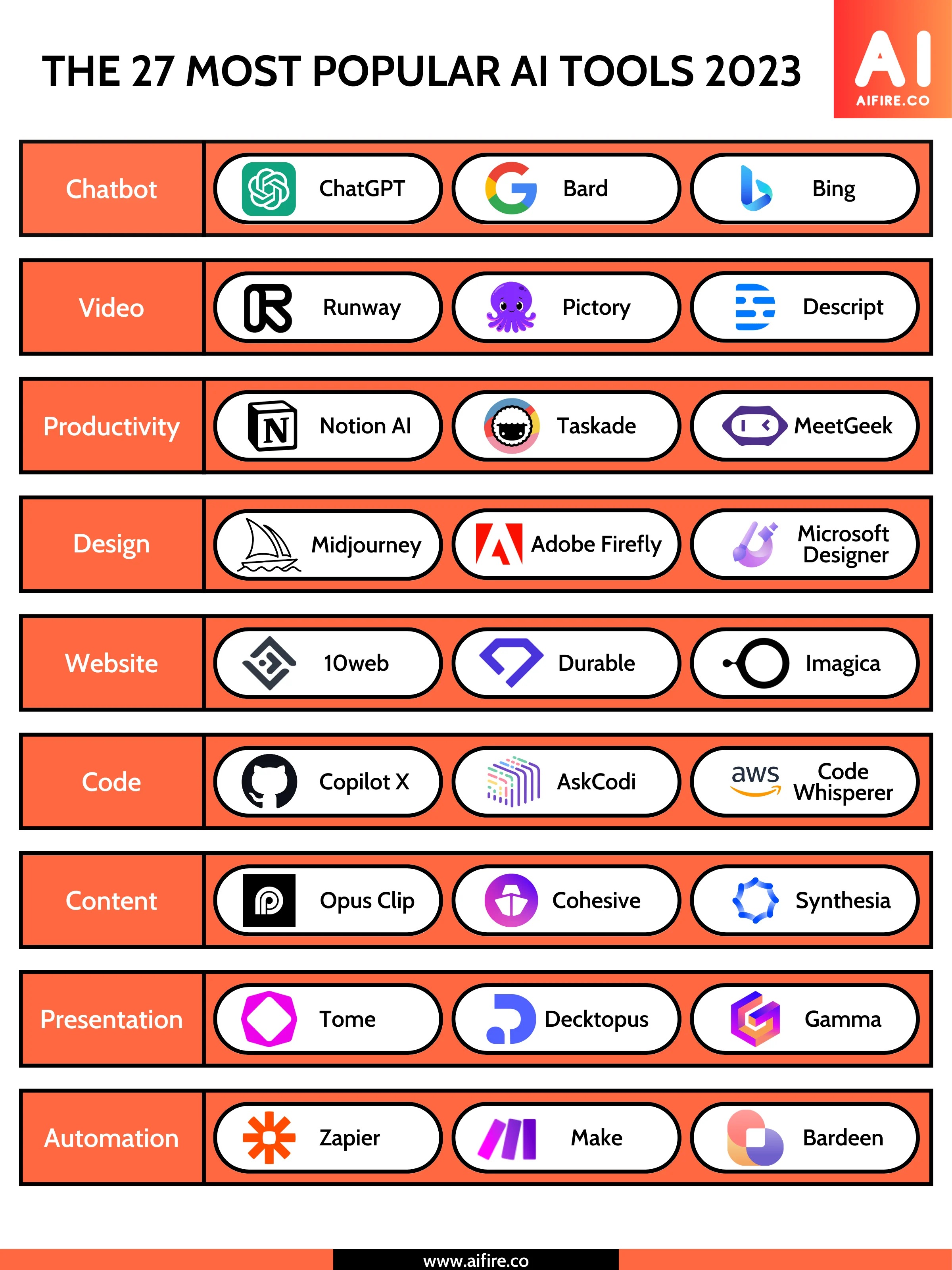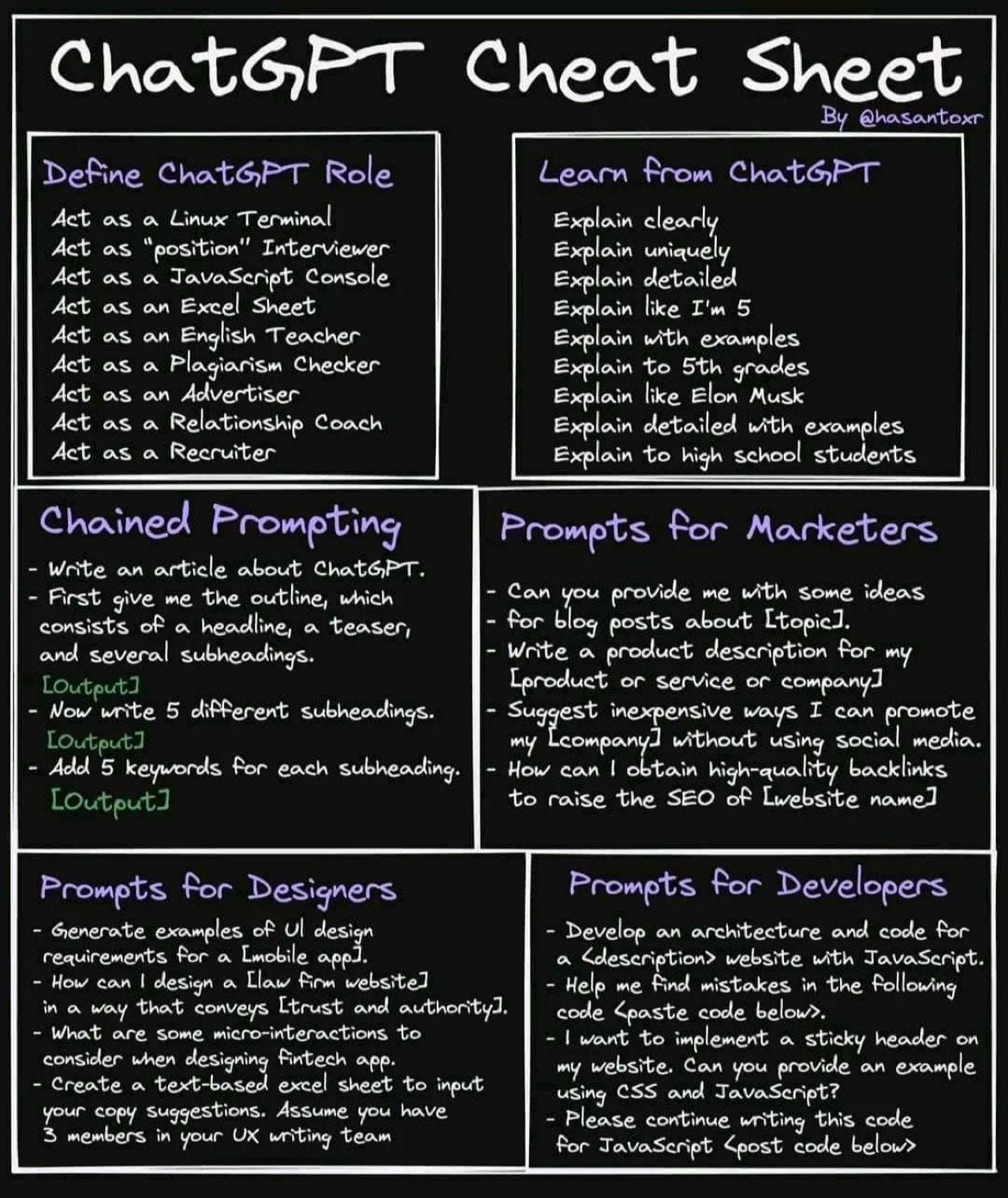Course and AI Tools
Pre-Lab Assignments
- Set-up Slack Account
- Explore What is DH? https://whatisdigitalhumanities.com/
Tools for this Course
These are some of the foundational tools we will be using in the course. If you have any questions about how to use them or norms, feel free to reach out to the instructor or your peers. I’m assuming most people have familiarity with the majority of these, but in case they are new to you, I’ve also included some resources to help you get started.
- Slack
Slack is a communication tool that we will use for this course. You can download the app for your computer or use the web version. You can also download the app for your phone. You will need to create an account and join the course channel is578-2023 on DH@UIUC team. The link to join Slack is available on Canvas and in the syllabus.
- Google Drive
We will be using Google Drive to share materials for this course. You should already have access to the course syllabus on there through Canvas, and I will also be sharing links to folders for seminar recordings and collective note documents. You are also welcome to use Google Drive to share materials with your classmates or the instructor.
- Canvas
Finally, in addition to this course website, we will be using Canvas for links to readings and assignments. You should already have access to Canvas through your Illinois email account.
Potential Tools for this Course
In addition to these foundational tools, we will also explore emerging AI technologies. These tools are not required for the course, but you are welcome to use them, whether for your assignments and final project, or really any other use you find helpful. We will be exploring these tools throughout the semester, but I wanted to provide a list of them here as well as some resources for using them. I also want to underscore that these are emerging technologies, so next week will be discussing some of the ethical and political implications of these tools, as well as some of the limitations.
Today though, we will be exploring how to use these tools, and I’ve provided some resources below to help you get started.
- ChatGPT
ChatGPT is currently one of the most popular and well known “AI” tools. It is a tool released by OpenAI that allows you to interact with Large Language Models (something we will discuss more next week). You can read more about it here: https://openai.com/blog/chatgpt-3/.

You can use ChatGPT for free and sign up for an account here https://chat.openai.com/auth/login.
- gpt4all
gpt4all is “a free-to-use, locally running, privacy-aware chatbot. No GPU or internet required.” You can download it here https://gpt4all.io/index.html and we will be using it next week in class. Most importantly, gpt4all is trained on ChatGPT, so it is a good way to explore ChatGPT without having to sign up for an account.
- Other AI tools?

Image from https://www.reddit.com/r/ChatGPT/comments/146yiuk/the_27_most_popular_ai_tools_2023/ and you can find literally hundreds if you search for “most popular AI tools” in your preferred search engine.
Which ones have you used previously? Which of these might you consider trying?
Prompt Engineering
Regardless of which tool you use, you will need to learn to do something that is called “prompt engineering.” Prompt engineering is the process of creating a prompt that will help you get the results you want from the AI tool. This is a process that requires a lot of trial and error, and it is also a process that is not always transparent. In other words, we don’t always know why a prompt works or doesn’t work. We will be exploring this process throughout the semester, but I wanted to provide a brief overview here.

In-Class Assignment
So far we have discussed various definitions of digital humanities and the development of this field in the last decade. Working with ChatGPT, let’s see if it can help us generate a definition of the field.
- What should our initial prompt be?
- How can we refine our prompt to create definitions that are historically accurate? How would our definition change if we were asking ChatGPT to write from the perspective of a librarian vs a historian vs a computer scientist?
- How are these definitions similar or different from the ones we read for today?